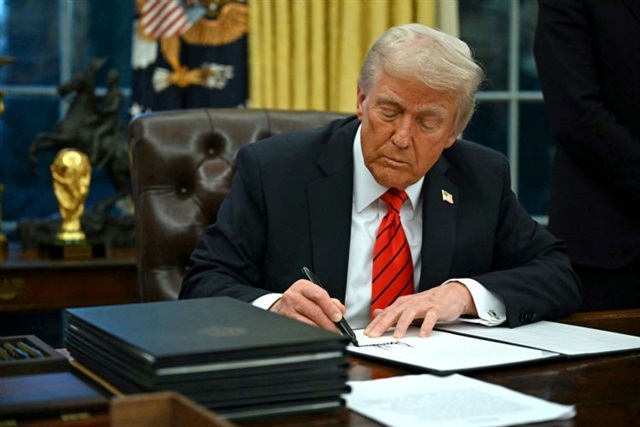President Donald Trump is set to unveil a new round of reciprocal tariffs during a news conference scheduled for 1:00 p.m. ET today in the Oval Office. The announcement, teased by Trump in an all-caps post on Truth Social, signals a significant escalation in his trade policies aimed at aligning U.S. tariff rates with those imposed by other nations.
“THREE GREAT WEEKS, PERHAPS THE BEST EVER, BUT TODAY IS THE BIG ONE: RECIPROCAL TARIFFS!!! MAKE AMERICA GREAT AGAIN!!!” Trump wrote earlier in the day, without providing specific details on the structure or timeline of the measures.
Reciprocal tariffs are designed to match the duties that other countries impose on American goods. While Trump has not clarified whether this policy will strictly mirror foreign tariffs or include other trade barriers such as value-added taxes, the move is positioned as a countermeasure against what he perceives as unfair trade practices. Economists, however, warn that such tariffs could lead to higher costs for American consumers as businesses pass the additional expense onto retail prices.
The tariffs come amid ongoing tensions with key U.S. trading partners, including Canada, Mexico, and China. Earlier this week, Trump removed exemptions from his 2018 steel and aluminum tariffs and imposed additional duties on Chinese imports, citing their role in the fentanyl crisis. Canada and Mexico have been granted a temporary 30-day reprieve from new tariffs after pledging to address border security concerns.
The European Union and other nations have also prepared retaliatory measures. For example, Canada has readied a list of counter-tariffs targeting U.S. goods that would minimize domestic harm while exerting economic pressure on American industries.
Financial markets have already begun responding to the anticipated announcement. The U.S. dollar trimmed losses, while currencies tied to economies at the center of these trade disputes, such as the Mexican peso, underperformed against the greenback. Meanwhile, safe-haven currencies like the Swiss franc and Japanese yen saw gains.
The timing of this announcement coincides with Indian Prime Minister Narendra Modi’s visit to the White House later in the day. White House Press Secretary Karoline Leavitt confirmed that Trump would sign executive actions related to these tariffs before Modi’s arrival. This policy also aligns with Trump’s broader agenda of generating revenue to fund extensions of his 2017 tax cuts while promoting domestic manufacturing jobs.
While Trump has framed reciprocal tariffs as a measure to protect American workers and bolster national security, critics argue that they risk inflaming global trade tensions and exacerbating inflationary pressures in the United States. Developing nations, particularly those in Southeast Asia and Africa, are expected to bear the brunt of these measures due to existing disparities in tariff rates.
The announcement could have implications for publicly traded companies involved in global supply chains or reliant on international markets. Investors should monitor developments closely as industries such as automotive manufacturing, technology, and agriculture may face significant disruptions. This announcement reflects Trump’s continued use of tariffs as a central pillar of his economic strategy, a move that will likely shape U.S. trade relations for years to come.

